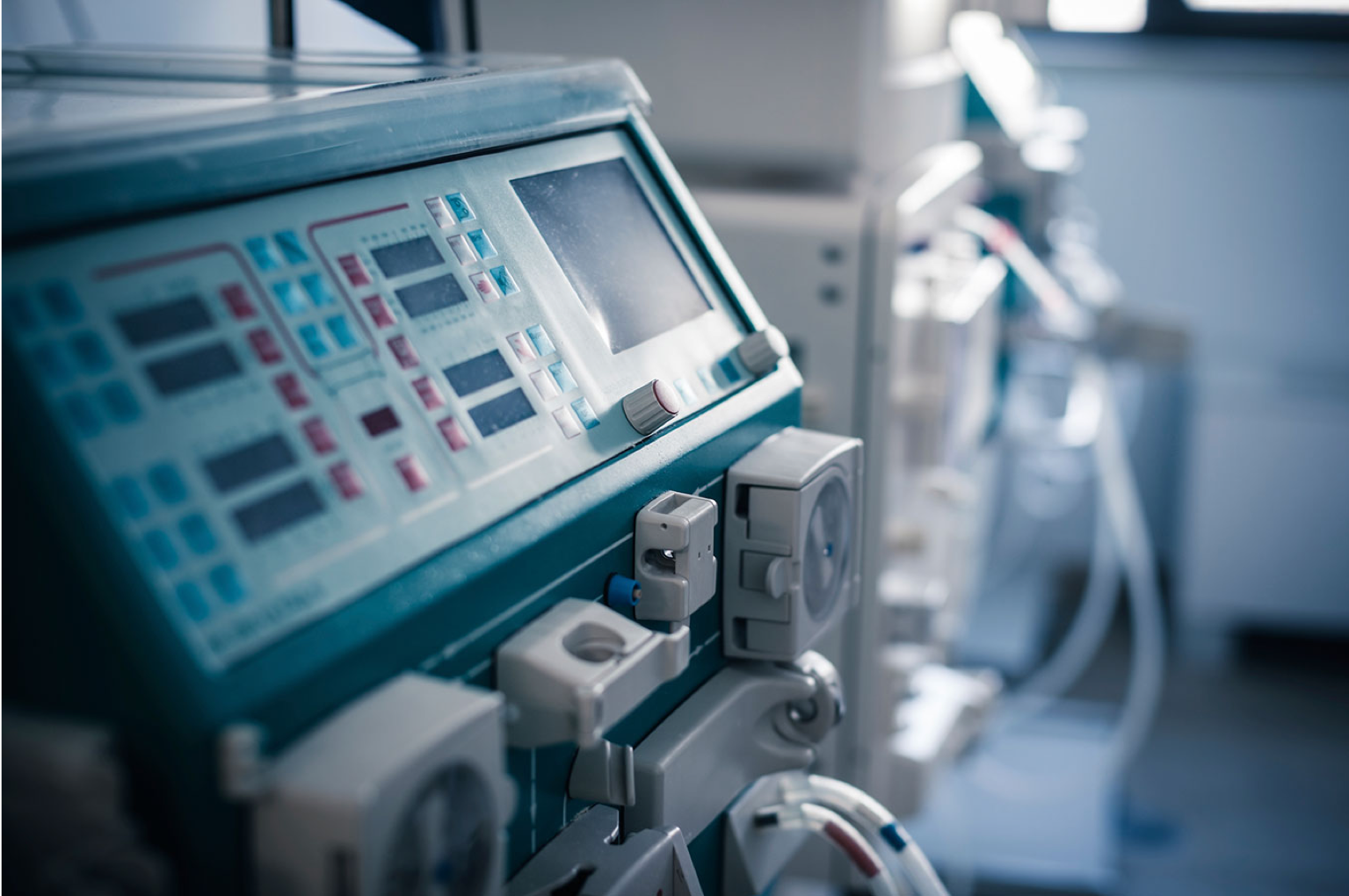Dialysis and the Dialysis Air Environment
The following was written by Dr. Bryan Stone, a Nephrologist desert Regional Medical Center.
When dialysis was first brought on the scene for people with kidney failure, it was so high tech that is was not fully available to all who needed it. God committees helped choose patients who were worthy of therapy in an effort to appease the lack of availability. The technology advanced to the point where is became more widespread and along with this came the development and evolution of dialysis centers. These centers provide this life saving therapy to many people at once while establishing a safe environment with proper nurse oversight and enhanced water systems.
In an effort to maintain a highly monitored environment, the centers developed with a central nursing station that has an easy view to each patient receiving therapy. Patients now dialyze in large treatment areas with common floors, lighting, and air systems. Given this, it becomes clear that patients need special protections due to the potential sharing of personal information, blood products, and air. These centers have become highly monitored and therefore have established numerous protocols to prevent blood exposure or inadvertent information sharing. This population is highly susceptible to injury from inadvertent sharing of their comorbid illnesses or transferring that can occur upon exposure to blood products. It is as important to consider the inadvertent sharing of air. Air carries easily transmitted pathogens as well as inhaled particulate matter. Unfortunately, this exposure is not only invisible but may create harm after some delay, making it difficult to prevent, monitor, and treat.
In flu season, the TV ads, hospitals, and healthcare providers implore their patients to get flu shots. Surely, everyone has come across this widespread movement starting in October annually. This illustrates have critical air transmission of illness can be. Keep in mind that this movement described is only for flu and does not mention pneumonia, bacterial infections, measles, H1N1 or others. The dialysis population is not only highly susceptible, but they have a higher chance of dying upon exposure. They may also have repetitive exposures as they share the air of the dialysis persons sitting near them

